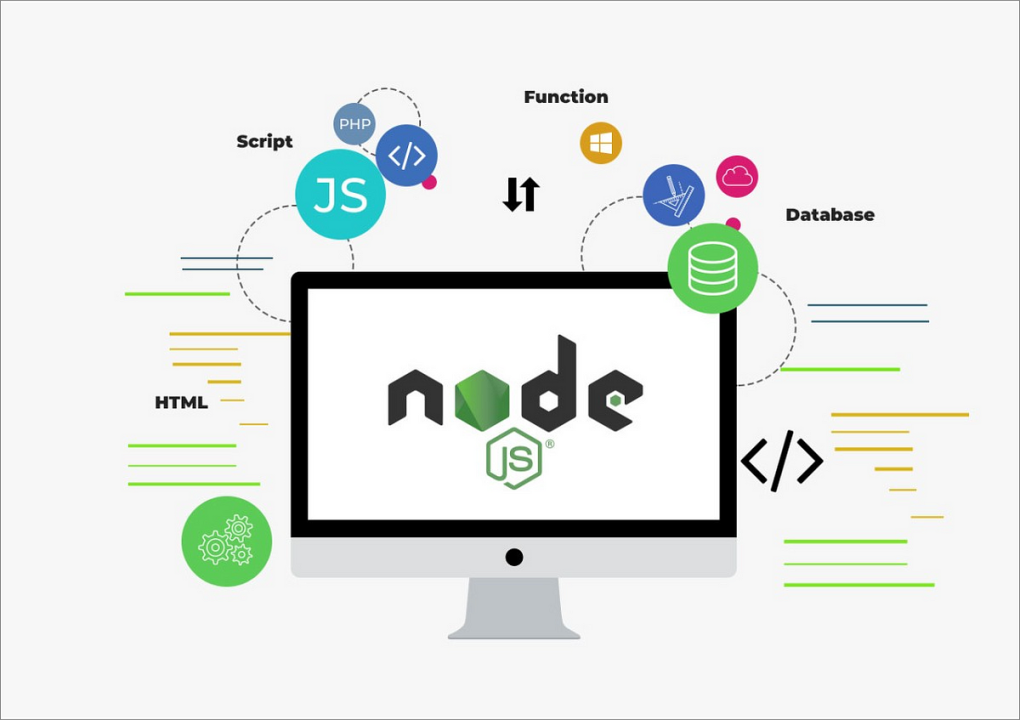
Unleashing the Power Of Node js: Transforming Web Development
What is Node.js?
A cross-platform, open-source runtime environment called Node.js enables programmers to run JavaScript code outside of a web browser. Node.js, which is based on Chrome's V8 JavaScript engine, makes it possible to create network applications that are both scalable and fast. Since its creation by Ryan Dahl in 2009, the development community has widely accepted it.
Why Use Node.js?
Asynchronous and Event Driven
Because Node.js uses a single-threaded event loop, managing concurrent connections is incredibly effective. Because of its non-blocking I/O activities, the server can process several requests at once without having to wait for earlier processes to finish.
Quick and Effective
The V8 engine, which translates JavaScript directly to machine code, is used by Node.js. Because of its quick code execution, Node.js is a great choice for real-time applications.
NPM Environment
The Node Package Manager (NPM) provides access to the extensive Node.js ecosystem of packages and modules. This saves time and effort during development by making it simple for developers to include third-party libraries and tools into their applications.
The ability to scale
Scalability is considered during the creation of Node.js. It is appropriate for applications that need to scale horizontally due to its event-driven architecture and capacity for managing multiple connections.
Programming Language Unified
Developers can use JavaScript on the client side and the server side with Node.js. This unification facilitates code sharing between various program components and speeds up the development process.
Starting a Node.js Project
Let's create a basic web server that handles requests with "Hello, World!" to illustrate the fundamentals of Node.js.
领英推荐
Installing Node.js
Then you must install Node.js first. It is available for download on the official Node.js website.
Building a Basic Web Server
1. Make your application's directory new.
mkdir my-node-app
cd my-node-app
2. Launch a fresh Node.js project.
npm init -y
3. Make a file called server.js, then insert the code below.
const http = require('http');
const server = http.createServer((req, res) => {
res.statusCode = 200;
res.setHeader('Content-Type', 'text/plain');
res.end('My name is Riveen\n');
});
const port = 3000;
server.listen(port, () => {
console.log(`Server running at https://localhost:${port}/`);
});
This code will now respond with "My name is Riveen" to all requests
4. Run the server
node server.js
5. Access the server in your web browser
Open your browser and navigate to https://localhost:3000. You should see " My name is Riveen" displayed on the page.
Conclusion
Because of its speed, scalability, and asynchronous nature, Node.js is an excellent tool for developing server-side applications. Given its robust ecosystem and cross-stack compatibility with JavaScript, it's a great option for contemporary web development. You can begin experimenting with more complex features and creating intricate applications using Node.js once you have a basic grasp and setup.
Student at COMSATS University Islamabad
3 个月Very informative
Student at University of Plymouth
4 个月Very helpful!
Software engineer | MERN stack developer
4 个月Well said! ??
Software Engineer | MERN Developer
4 个月Very informative ?
Student at NSBM Green University
4 个月??